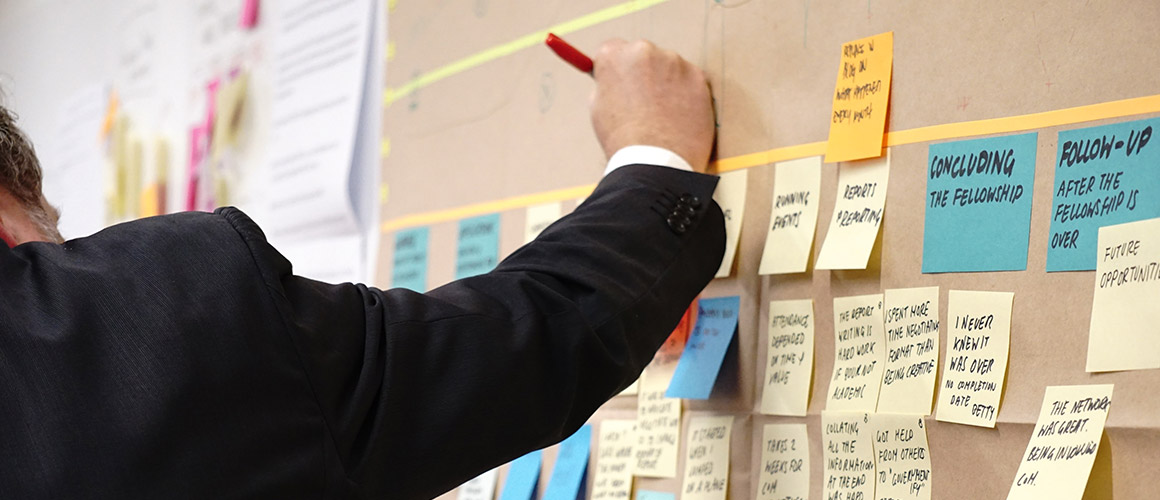
08 May What should a good workshop design allow?
The facilitation of a workshop in a company should allow to solve complex situations, explore new ideas, define objectives or challenges, etc., through a structured and defined process where participants can share information in such a way that a common and shared knowledge space is generated.
A good workshop design should facilitate the evolution of communication by developing active listening, retention and assimilation. In this way, you can focus on what is necessary to work, allowing to:
- Overcome blocking situations. We are not aware of everything we know. As if it were an iceberg, we are only capable of detecting a small part of all the knowledge that can be made to emerge and that, from there, can be shared. In addition, in the business environment the connection of purposes and objectives between the organization, its different departments and the employees can be achieved, allowing for the creation of a shared culture.
- Overcome existing thought patterns. If we approach problems and challenges always in the same way, we will always obtain very similar results. Even if we say to ourselves “this is fine for me”, a day will come when we realize that what surrounds us has changed and we will not know how to react. If we get used to leaving our comfort zone, we will see that different approaches allow us to achieve different results.
- Overcome limited participation in meetings. Good methodologies allow everyone to always participate, so that in collective settings quite common situations are avoided in which 20% of the members contribute 80% of the content. In this way, it is possible to give a voice to those who did not have it (or who, for convenience, did not want it) allowing new knowledge to emerge and creating value and a positive impact.
The methodologies we use at The FITA Institute, both in-person and online, can be applied in the business world to any field, whatever the hierarchical or functional level: in the acceleration of team alignment, in the area of human resources (training, team building, selection, …), in definition and redesign of production processes and logistics, in the marketing area (new products and markets, customer centricity, brainstorming, …), in communication departments to work on storytelling, and, at a higher hierarchical level, in management committees (strategy, project selection, new lines of business,…) and boards of directors (alignment between partners, validation of the business project,…).
© The FITA Institute (2022)


